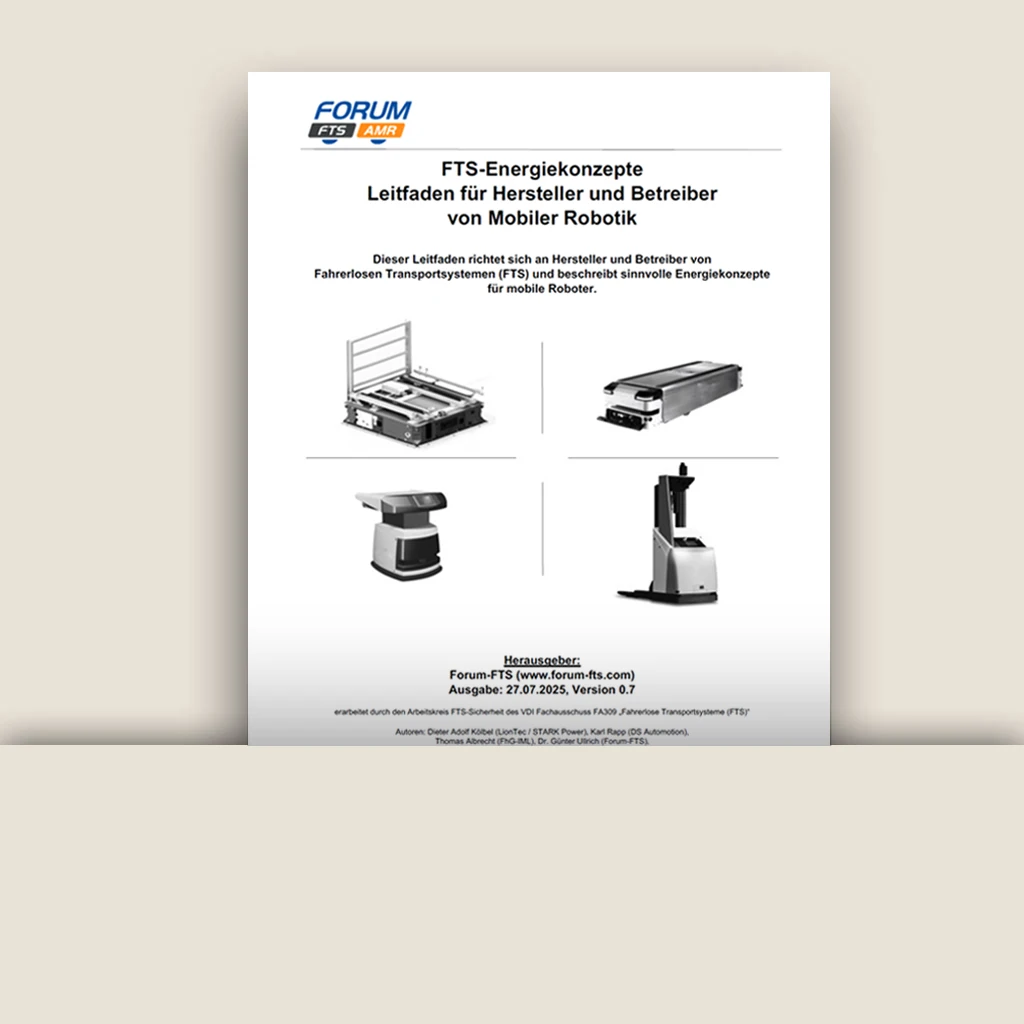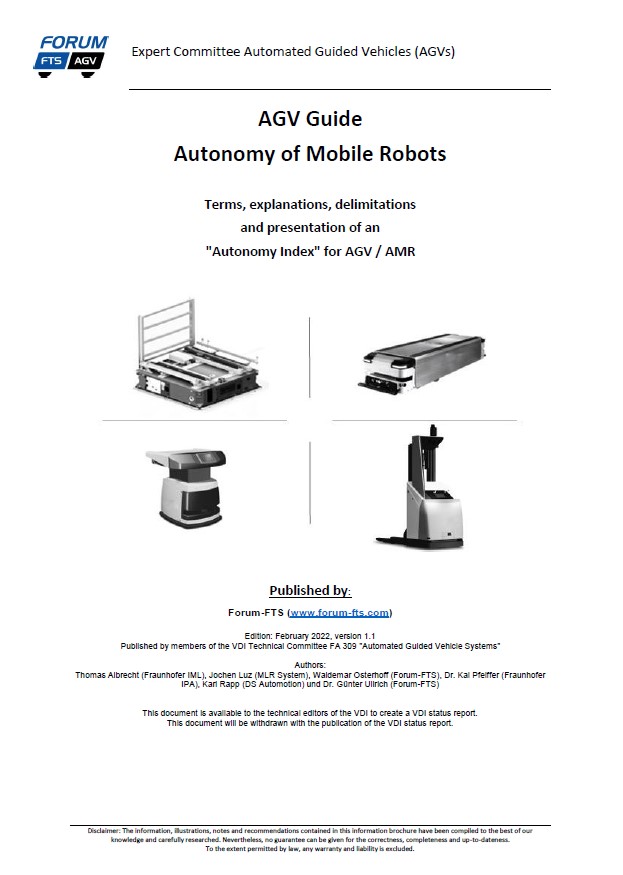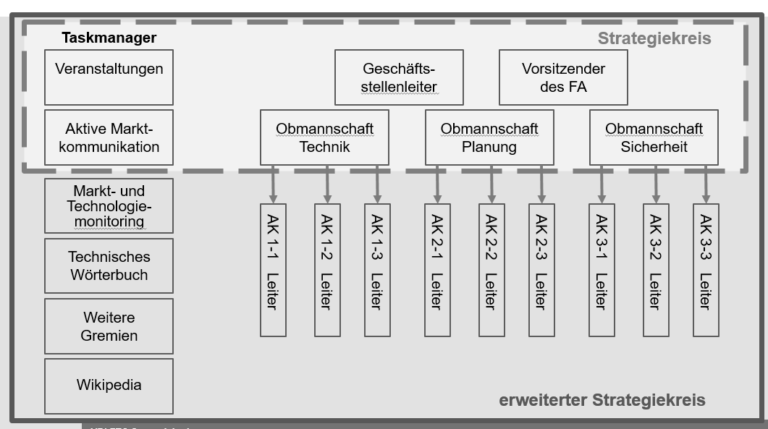New name, new management team: VDI Technical Committee FA309 becomes ‘Mobile Robotics’
Stuttgart, 25 September 2025
AGVs become mobile robotics
There has been a significant change in the VDI Technical Committee: on 25 September 2025, the VDI Technical Committee FA309 ‘Driverless Transport Systems (AGVs)’ was officially renamed VDI Technical Committee FA309 ‘Mobile Robotics’.
With this name change, the committee is responding to the dynamic developments in intralogistics and automation – because modern mobile robotics today encompasses much more than the classic AGV.
New management – proven expertise
The committee’s leadership was also re-elected on 25 September 2025.
The new leadership duo consists of:
-
Dr.-Ing. Günter Ullrich (left), Head of Forum-FTS and renowned expert in AGVs and mobile robotics
-
M.C.Sc. Peter Stoiber, experienced specialist in automation and robotics solutions
Together, they will lead the technical committee into the future and further strengthen the network between research, suppliers and users.
The VDI Technical Committee on Mobile Robotics
The FA309 technical committee sees itself as a central platform for technical exchange on automated transport and robot systems in intralogistics..
The focus is on topics such as:
-
Technical development of AGVs and AMRs
-
Standardisation and safety standards
-
Practical experience and best practices
-
Promoting understanding between manufacturers, integrators and users
With its new structure and expanded focus on ‘mobile robotics’, FA309 is positioning itself as a forward-looking committee in the field of industrial automation.




